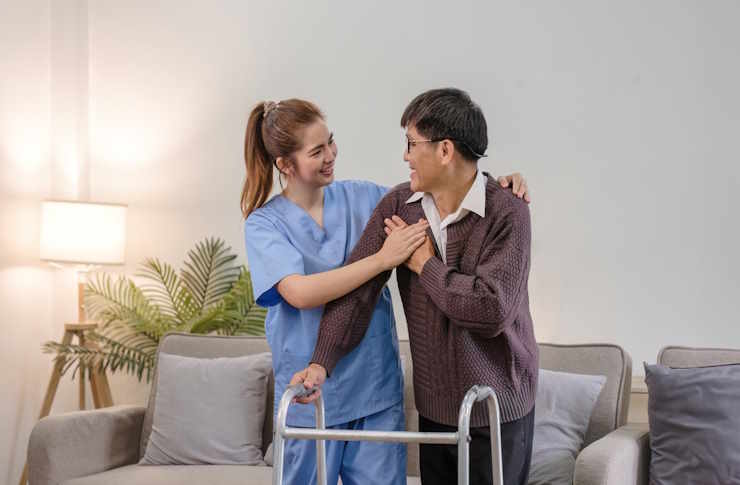Medical Alert Services: Options for Seniors and Caregivers
Medical alert services provide a way for people, especially older adults, to summon help quickly during falls, sudden illness, or other emergencies. These systems typically combine wearable devices with a monitored response center so a senior can press an emergency button and reach trained personnel. Families and caregivers often consider local services, cellular coverage, and device options when choosing a solution that fits an individual’s daily life and healthcare needs.

This article is for informational purposes only and should not be considered medical advice. Please consult a qualified healthcare professional for personalized guidance and treatment.
What is a medical alert device?
A medical alert device is typically a wearable unit—often a pendant or wristband—that connects to a monitoring system. When activated, the device communicates via a base station, cellular network, or smartphone app to alert a response center or a designated contact. Modern devices may include fall detection, GPS location, two-way voice, and waterproof designs so a senior can get help whether they are at home or out in the community. Choosing devices that match mobility and cognitive needs increases the chance they will be used consistently.
How do services help a senior?
Medical alert services provide continuous monitoring and a human response layer that complements family caregiving. When an emergency button is pressed or a fall is detected, operators assess the situation by voice or text and can contact emergency services, family members, or neighbors based on preset instructions. For many elderly users, this reassurance reduces the time between an incident and care, which can be especially important for injuries, strokes, or cardiac events. Integration with existing healthcare plans and clear instructions for first responders helps streamline on-scene care.
What features should you expect from an emergency button?
An effective emergency button should be easy to press, comfortable to wear, and function reliably in typical use conditions. Look for clearly labeled buttons, long battery life, and waterproof ratings for bathroom or outdoor use. Two-way audio lets the monitored operator speak with the user through the device or base unit, while automatic fall detection uses motion sensors to initiate a call if the wearer is incapacitated. Some systems also include GPS or location services so responders can find a person who is mobile or traveling in your area.
What considerations matter for elderly users?
When evaluating medical alert services for elderly individuals, consider physical ability, memory, and daily routines. Devices that are lightweight, simple to operate, and waterproof are more likely to be worn consistently. Cognitive limitations may require systems with automatic alerts or caregiver notifications to reduce reliance on remembering to press a button. Accessibility of customer support, ease of account setup, and the ability to customize contacts and emergency plans are also important. Assess cellular or home phone coverage to ensure reliable connections with local services.
How do medical alert services fit into broader healthcare?
Medical alert services are part of a broader approach to aging in place and coordinated care. They can complement regular medical appointments, medication management, and home health services by providing an immediate response option outside scheduled care. Information from monitored events can help healthcare providers understand incident patterns, such as frequent falls, and adjust care plans accordingly. Communicating with primary care physicians and caregivers about device settings and emergency preferences ensures that the service aligns with overall healthcare goals.
In summary, medical alert services combine wearable hardware and monitored response to offer seniors a dependable way to request assistance when they are alone or unable to reach a phone. Key decisions include the type of device, communication method (landline, cellular, or app-based), emergency button design, and how the service integrates with existing caregiving and healthcare arrangements. Evaluate reliability, ease of use, and whether features like fall detection or GPS are needed based on individual mobility and medical conditions. Conversations with healthcare providers and local services can help match a service to real-world needs without replacing professional medical advice.






